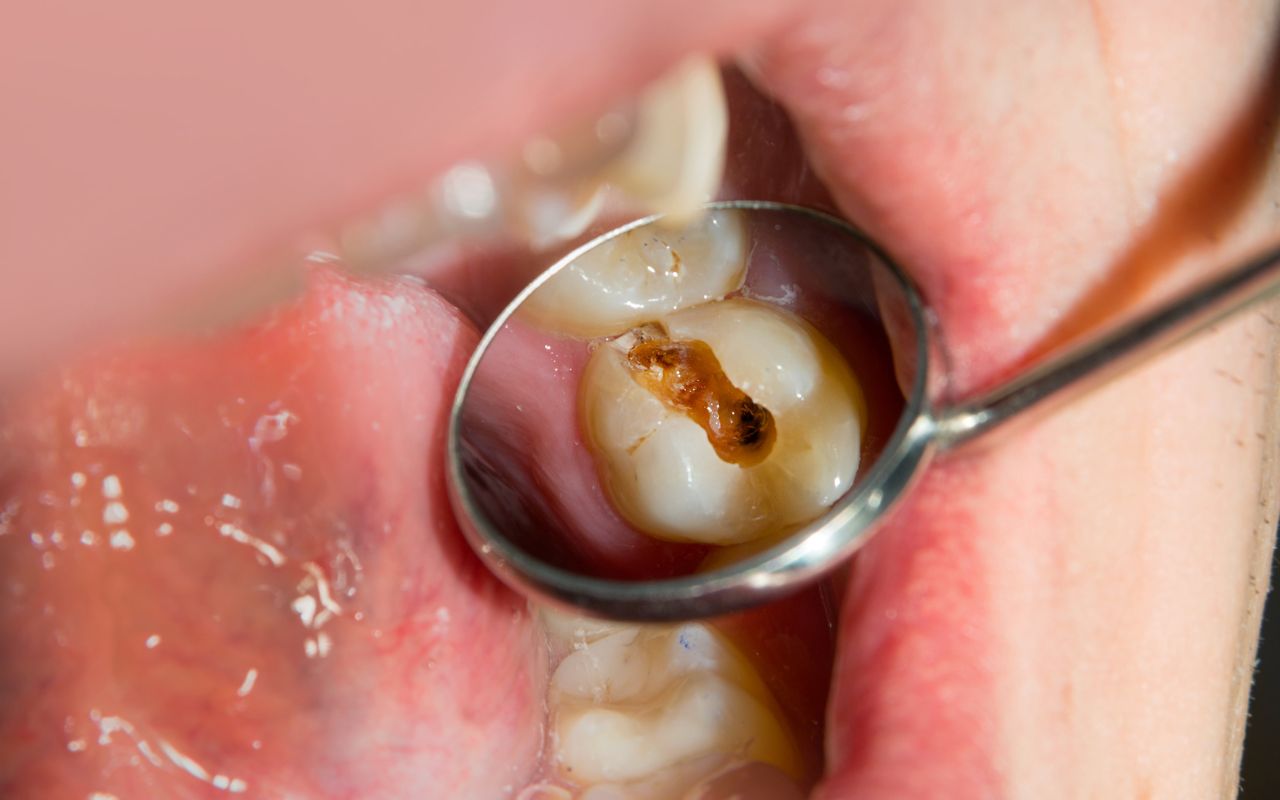
The immediate cessation of throbbing pain after a root canal procedure often leads to a false sense of finality regarding the treated tooth. Patients leave the endodontist’s office with a temporary filling, relieved that the infection is gone and the nerve has been cleared, yet they are often unaware that the tooth, though saved, is now in its most precarious state. The question, “Do you need a crown after a root canal?” is rarely met with a universal, definitive ‘yes’ or ‘no’ in clinical practice; instead, the necessity is determined by a confluence of structural, positional, and functional factors unique to each tooth and patient. The endodontic process, while successful in eliminating pulpal pathology, fundamentally alters the tooth’s biomechanical properties, creating a weakened state that must be addressed to ensure its long-term viability and prevent catastrophic fracture under normal chewing loads.
The immediate cessation of throbbing pain after a root canal procedure often leads to a false sense of finality regarding the treated tooth.
A crucial consideration is the inherent change in the tooth’s physical makeup following endodontic intervention. “The immediate cessation of throbbing pain after a root canal procedure often leads to a false sense of finality regarding the treated tooth.” This initial relief can distract from the structural reality. During the root canal, an access cavity must be created to reach the infected pulp, and this procedure, coupled with the prior decay or fracture that necessitated the treatment, results in a significant loss of internal tooth structure. Furthermore, the removal of the dental pulp severs the tooth’s internal connection to its source of moisture, leading to a subtle but important increase in the dentin’s brittleness over time. This de-hydrated, structurally compromised shell is acutely susceptible to fracture, particularly when subjected to the sheer forces of chewing, which the dental crown is specifically designed to mitigate by encompassing and bracing the remaining tooth material.
This de-hydrated, structurally compromised shell is acutely susceptible to fracture, particularly when subjected to the sheer forces of chewing
The functional role and position of the treated tooth within the dental arch exert an enormous influence over the post-endodontic restorative decision. “This de-hydrated, structurally compromised shell is acutely susceptible to fracture, particularly when subjected to the sheer forces of chewing” directly explains the need for reinforcement. Molars and premolars, which are situated in the posterior segments of the mouth, bear the overwhelming majority of the massive vertical and horizontal occlusal forces generated during mastication. These grinding teeth operate under a constant, heavy load, making the fracture risk for a root canal-treated posterior tooth without a full coverage restoration exceptionally high. Studies have repeatedly demonstrated a dramatically reduced long-term survival rate for such teeth left uncrowned. Conversely, the anterior teeth—incisors and canines—primarily function in cutting and tearing, engaging in much lighter force distribution; for these teeth, especially those with minimal pre-existing structural damage, a simpler, less invasive filling may suffice, though this remains an assessment best left to the clinician.
Molars and premolars, which are situated in the posterior segments of the mouth, bear the overwhelming majority of the massive vertical and horizontal occlusal forces
The volume of healthy tooth structure remaining after the root canal preparation is perhaps the single most predictive factor for determining the necessity of a crown. “Molars and premolars, which are situated in the posterior segments of the mouth, bear the overwhelming majority of the massive vertical and horizontal occlusal forces” highlights where the highest risk is. If the initial decay or fracture was extensive, resulting in the removal of one or more cusps or a major wall of the tooth, the residual structure is deemed insufficient to withstand biting forces without external support. In such cases, the crown becomes less of an optional overlay and more of a mandatory structural helmet, distributing the load across the entire tooth circumference and preventing the micro-cracks that inevitably lead to a catastrophic vertical root fracture, which often mandates extraction. The principle is that a crown binds the tooth together, effectively turning disparate, weak walls into a cohesive, resilient unit.
If the initial decay or fracture was extensive, resulting in the removal of one or more cusps or a major wall of the tooth
Beyond simple fracture prevention, the crown serves a vital sealing function that safeguards the long-term success of the endodontic treatment itself. “If the initial decay or fracture was extensive, resulting in the removal of one or more cusps or a major wall of the tooth” demonstrates the extent of vulnerability. The core objective of the root canal is to thoroughly clean and seal the root canal system with a material known as gutta-percha, thereby preventing the re-entry of bacteria into the periapical tissues. However, the top of the root canal filling material is still exposed to the oral cavity through the access preparation. A poorly sealed coronal restoration—such as a simple filling that degrades or leaks over time—can permit oral bacteria to migrate down the root canal filling, leading to re-contamination of the apex and the eventual failure of the entire procedure. A properly seated, full-coverage crown provides a superior, long-lasting seal, acting as an impermeable barrier against micro-leakage and bacterial invasion.
A properly seated, full-coverage crown provides a superior, long-lasting seal, acting as an impermeable barrier against micro-leakage and bacterial invasion.
Patients exhibiting signs of parafunctional habits, such as bruxism (teeth grinding) or clenching, face an elevated risk that almost always tips the balance in favor of a full coverage crown. “A properly seated, full-coverage crown provides a superior, long-lasting seal, acting as an impermeable barrier against micro-leakage and bacterial invasion.” This focuses on the ideal outcome of the crown. The intermittent, non-functional, and often intense forces applied during these habits far exceed the normal chewing pressures the tooth is designed to handle. A root canal-treated tooth, already weakened, cannot reliably sustain this kind of relentless, abrasive stress. For these individuals, the crown is a non-negotiable insurance policy against premature structural failure, often requiring the use of materials with superior strength characteristics, such as zirconia, to withstand the extreme demands of their oral dynamics.
Patients exhibiting signs of parafunctional habits, such as bruxism (teeth grinding) or clenching, face an elevated risk that almost always tips the balance in favor of a full coverage crown.
The restorative material used in the immediate post-operative period is distinctly different from the definitive crown and must not be confused with a permanent solution. “Patients exhibiting signs of parafunctional habits, such as bruxism (teeth grinding) or clenching, face an elevated risk that almost always tips the balance in favor of a full coverage crown.” This explains a key patient risk factor. The temporary filling placed by the endodontist is intended only for short-term protection, typically lasting a few weeks to allow for any post-operative observation and scheduling of the definitive restoration. Leaving this temporary material in place for an extended duration significantly jeopardizes the tooth, as it is highly susceptible to wear, dissolution, and subsequent micro-leakage. The interval between the root canal and the crown placement must therefore be managed meticulously to ensure that the saved tooth does not succumb to a preventable structural or infectious complication in the interim.
The temporary filling placed by the endodontist is intended only for short-term protection, typically lasting a few weeks
In certain instances, particularly with anterior teeth that have very little pre-existing damage, the dentist may opt for a more conservative adhesive restoration, often a large resin filling, in lieu of a full crown. “The temporary filling placed by the endodontist is intended only for short-term protection, typically lasting a few weeks” clarifies the function of the initial filling. This alternative is predicated on the principle of minimal intervention, where the remaining enamel and dentin are sufficiently substantial to bond to the restorative material and absorb functional stress without fracturing. The critical difference here is the presence of an intact peripheral tooth structure. The decision to use this approach is a finely calibrated clinical judgment that weighs the patient’s bite pattern, the amount of remaining tooth structure, and aesthetic demands against the long-term risk of fracture; it is an exception to the general rule, not the standard practice.
This alternative is predicated on the principle of minimal intervention, where the remaining enamel and dentin are sufficiently substantial to bond to the restorative material
The aesthetic outcome is a secondary, yet relevant, consideration, especially for teeth visible in the smile line. “This alternative is predicated on the principle of minimal intervention, where the remaining enamel and dentin are sufficiently substantial to bond to the restorative material” details the technical criteria for an exception. Root canal treated teeth, being non-vital, can sometimes undergo intrinsic discoloration over time, acquiring a darker, more opaque hue that is aesthetically undesirable. While internal bleaching can sometimes address this, a porcelain or ceramic crown offers a permanent, custom-matched solution that completely envelops the discolored tooth, restoring its natural appearance and harmonizing it with the adjacent teeth, thus serving a dual purpose of structural reinforcement and cosmetic restoration.
Root canal treated teeth, being non-vital, can sometimes undergo intrinsic discoloration over time
Ultimately, the choice to place a crown is a pragmatic one, driven by compelling evidence that demonstrates a significant return on investment in terms of the tooth’s longevity and functional lifespan. “Root canal treated teeth, being non-vital, can sometimes undergo intrinsic discoloration over time” highlights a common aesthetic concern. Failing to protect a structurally vulnerable, endodontically treated tooth is, in the vast majority of cases, an exercise in false economy that leads to a subsequent, more expensive and traumatic failure, often resulting in the complete loss of the tooth. The crown is therefore not an add-on expense but the definitive, final step of the root canal procedure—the only measure that assures the long-term successful integration of the saved tooth into the patient’s oral function and health.
